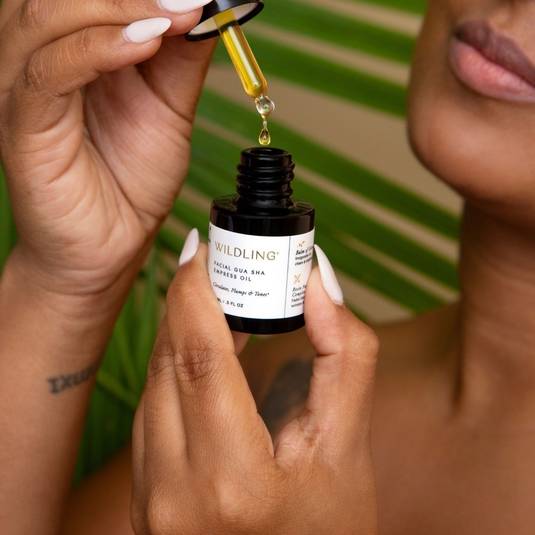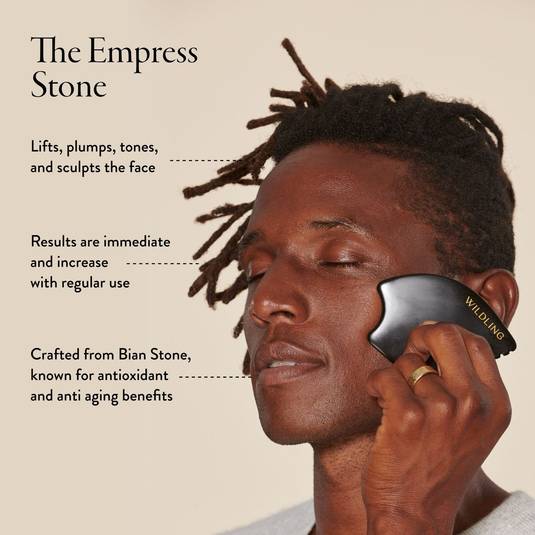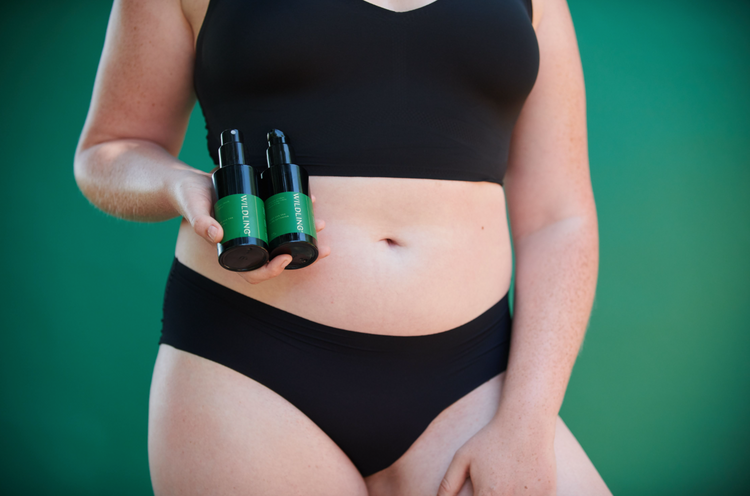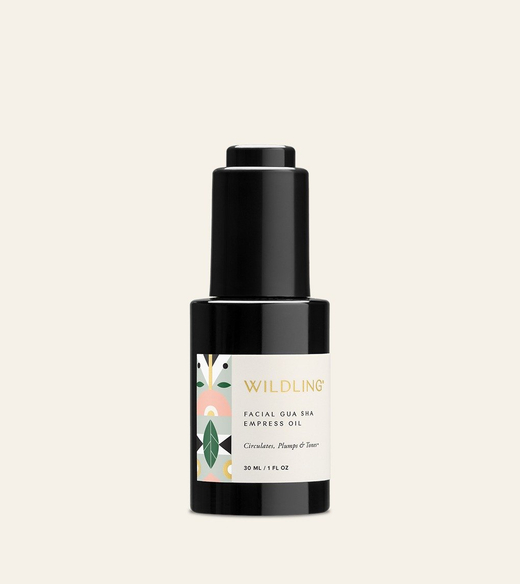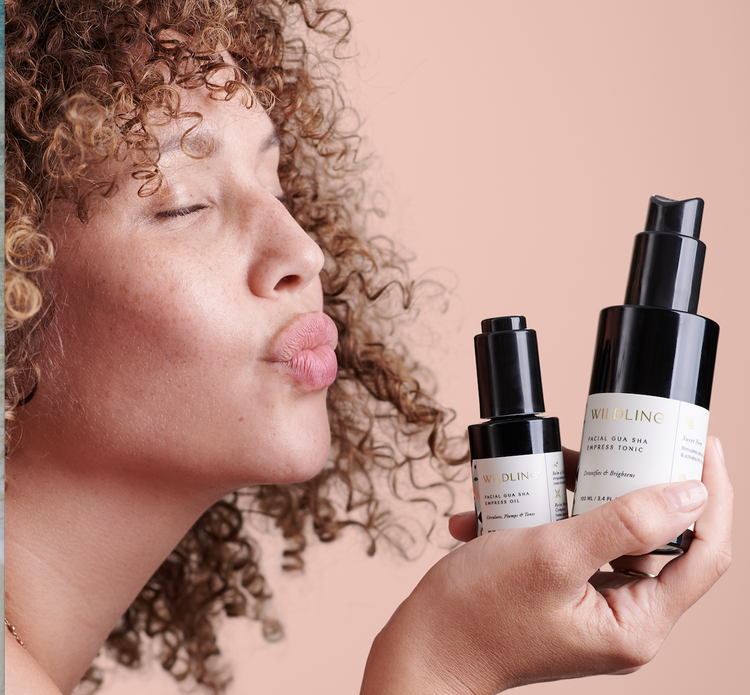In a modern wellness approach, gua sha is often considered a beauty tool. But the health benefits have much deeper roots. When practiced traditionally on the body, it is possible to cause bruising during gua sha.
Known for its ability to aid in lymphatic drainage, anti-aging, decreasing of puffiness, and smoothing the appearance of dimpled skin on the body, the practice of gua sha has an ancient history rooted in Traditional Chinese Medicine. For centuries, it’s been used to attend to a range of bodily maladies — from the task of removing excess heat during a fever to helping to treat respiratory illnesses like coughs to even reviving lost consciousness.
As gua sha is adopted by professional practitioners today, the traditional intention, rooted in a tradition of ancestral folk medicine, remains the guiding basis for the modality. And the truth is, while there are many positive benefits of gua sha, the practice can indeed result in minor bruising. Luckily, this is not usually a cause for alarm as it often points to effective use, but there’s a lot to consider. We break it down below.
DOES GUA SHA CAUSE BRUISING?
The short answer is yes! Bruising during body gua sha is totally normal, but it could also be an indicator that you’re using too much pressure if you prefer not to have marks. On the other hand, facial gua sha should never, ever cause bruising — it requires a featherlight touch.
Read more: The benefits of full body gua sha, explained.
One known effect that often accompanies this traditional practice is bruising. Bruising is embedded within the phrase gua sha. In fact, ‘sha’ refers to bruises that can arise when practicing this method effectively. Gua sha translates to “to scrape sand,” pointing to the understanding that bruising is an inherent — and perfectly normal — aspect of this ancient technique. Bruising is especially normal when you first begin your body gua sha practice. Your fascia and muscles are simply adjusting to the stimulation that is moving through stagnant tissues. Remember, gua sha bruising is superficial, similar to that of cupping. Your body and muscles may not yet be used to the increased circulation that gua sha induces. When you pull blood to the surface of the skin, upending blockages in the fascia can initially result in a bruise.
GUA SHA: TWO TYPES OF BRUISING
Two kinds of bruises can appear when you practice gua sha on the body.
Body gua sha: Are red dots normal?
Yes, getting a red dotted bruise during gua sha is called superficial bruising, or petechiae. These types of bruises appear on the surface of the skin as small, red-dotted areas. They shouldn’t cause you pain and generally disappear after a few days. This type of bruising is a sign of heat and stagnation being cleared from your tissues. In other words, your gua sha practice is having its intended effect.
Body gua sha: Is purple bruising normal?
Purple bruising can be normal, but can also be a sign that you’re going a little too hard if you prefer not to bruise. These deeper bruises appear as darker purple marks. While they can be startling to see, you're likely getting maximum results from your practice, as they indicate a breaking up of fascial adhesions (which leave a hematoma aka a bruise). In essence, these bruises are a sign that you're smoothing out dimpled textures on your body and increasing circulation.
Read more: The differences between body gua sha and facial gua sha.
Keep in mind, if you do bruise, it should decrease over time. As you continue your full body gua sha practice, the amount of bruising as compared to when you first begin should decrease, even when applying the same level of pressure. This is because the fascia and muscle tissue are healthier and less stagnant. With time, your skin texture will improve, and muscular pain will reduce as you awaken and stimulate the previously stagnant areas in your body.
Will I get bruises with facial gua sha?
Although body gua sha and facial gua sha have historically gone hand in hand — traditionally, there is no distinguished difference — you never want to induce bruising on the face with the Wildling system. We encourage a featherlight touch when using your Empress Stone on the face. While bruising is normal for body gua sha, it’s always important to listen to your body and its signals. If it’s starting to feel uncomfortably tender or painful, the chances for unnecessary bruising are greater.
A FINAL NOTE ON BRUISING FROM FULL BODY GUA SHA.
Of course, all bruising can be avoided with lighter pressure, but if you aren’t experiencing discomfort, there’s no need to fear a temporary bruise. As an important last note, avoid using gua sha over the surface of an implant of any kind or an open wound, or if you are taking blood thinners. If you are pregnant or trying to become pregnant, consult your doctor, and in general, always consult your doctor before starting any new wellness routines or rituals, especially if you have medical conditions.
